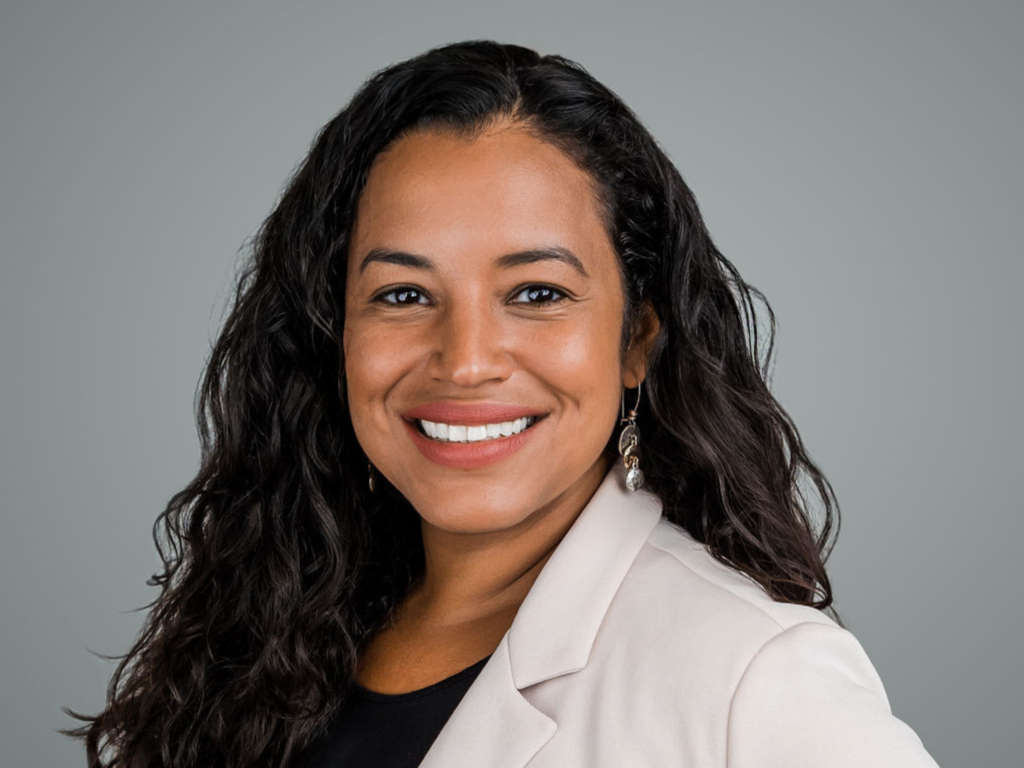 Boston charter schools outperform other public schools on three popular barometers of student achievement — the MCAS, the SAT, and the Advanced Placement exams — but tend to have lower four-year graduation rates, according to a study being released Wednesday.
Boston charter schools outperform other public schools on three popular barometers of student achievement — the MCAS, the SAT, and the Advanced Placement exams — but tend to have lower four-year graduation rates, according to a study being released Wednesday.
The biggest bounce in achievement occurred on the SAT. On average, charter school students scored 100 points higher than their peers in other public schools, according to the study, which was prepared by the School Effectiveness and Inequality Initiative at the Massachusetts Institute of Technology.
The findings are expected to fuel a push to abolish a state-imposed cap on the number of charter schools that can exist. The study was commissioned by two philanthropic organizations that support efforts to expand charter schools, the Boston Foundation and the NewSchools Venture Fund, headquartered in Oakland, Calif.
“If there was any justification remaining for limiting growth of these successful charter schools, I don’t know what it is,” said Paul Grogan, president of the Boston Foundation. “How can we place a limit on an educational phenomenon that is delivering these results?”
Even on the one area where charter school performance did not quite measure up, high school graduation rates, charter advocates cast the data in a positive light. At charter schools, 59 percent of students graduated within four years, 10 percentage points lower than their peers in traditional schools.
‘One part of the ingredient here is that a lot of charter schools in our sample have a longer school day and school year.’ — Parag Pathak, School Effectiveness and Inequality Initiative at MIT
The advocates say the rate is lower because charter schools set a high standard for graduation, and it takes some students one or two additional years to earn a diploma.
They point out that the study found that 82 percent of charter school students graduate within six years, compared with 78 percent for traditional school students.
Created under the 1993 Education Reform Act, charter schools are intended to be laboratories of educational innovation. They operate under looser state regulations than traditional schools, almost always employ nonunion teachers, and are run by independent boards that report directly to the state.
In Boston, there are 25 charter schools.
The study examined 3,400 students who sought admission to one of the six charter high schools in Boston between fall 2002 and 2008. (The study excluded two charter high schools that closed during that period because of low performance.)
In one group, the authors analyzed standardized test scores, graduation rates, and college enrollment data for students who were offered a seat in the charter-school admission lottery. Students were included in this group even if they attended just one day at a charter school. The authors then looked at that same data for students who did not get a seat and ultimately enrolled in the Boston public schools or, in some instances, a public school in the suburbs.
The evidence builds a strong case that charter schools are doing a better job of preparing students for standardized tests and eventual enrollment in a four-year college, said Parag Pathak, one of the authors and codirector of the MIT institute.
“One part of the ingredient here is that a lot of charter schools in our sample have a longer school day and school year,” Pathak said. “The other thing that stands out about this class of schools is that many are high expectation schools — some people call them ‘no excuses schools’— where the goal is to get kids into college.”
On the Massachusetts Comprehensive Assessment System, charter school students scored 6.6 to 8.9 points higher on the 10th-grade English and math exams. But the average scaled scores for charter schools and traditional schools fell within the range for proficient, the second-highest scoring rating that state officials want all students to reach or exceed by graduation.
The study also found that charter school students were twice as likely — 55 percent compared with 27 percent — to take an exam for an Advanced Placement course. Students who perform well on the exams can receive college credit for the course. Although charter school students overall did better on the AP tests, there was little difference in the rates of those students who scored high enough to earn college credit.
Charter school operators were encouraged by the results, one of several reports in recent years highlighting charter school success.
“I’m deeply proud to be a part of a group of charter schools that work so hard,” said Stig Leschly, chief executive officer of Match Education, operator of Match High Charter School in Boston, which was included in the study. “It motivates us and makes us proud of our students.”
In addition to an extended school day, Match provides students two hours of daily tutoring in English and math and requires them to take at least one course their senior year at nearby Boston University.
The effort to expand charter schools comes three years after state law was changed to let twice as many students attend charter schools in districts with the lowest MCAS scores. The growth in new charter schools has been so robust that Boston and a few other cities are near or at their limits, leaving thousands of students on waiting lists.
But teachers unions, which have long been at odds with charter schools, have launched a spirited campaign to prevent the cap lift, and key state education leaders, such as Governor Deval Patrick, do not support changing state law again, preferring to focus on measures to accelerate achievement in traditional schools.
Carol R. Johnson, Boston school superintendent, has strived to build a collaborative relationship with charter schools, and she said she intends to review the report and identify any best practices that can be adopted by the city’s school system.
But she noted that many characteristics of charter schools, such as high expectations and extended days, are in place in several city schools, and she said she is eager to see that expand to all schools.
“In the highest-performing schools in Boston, we see similar results when those items are in place,” Johnson said.

